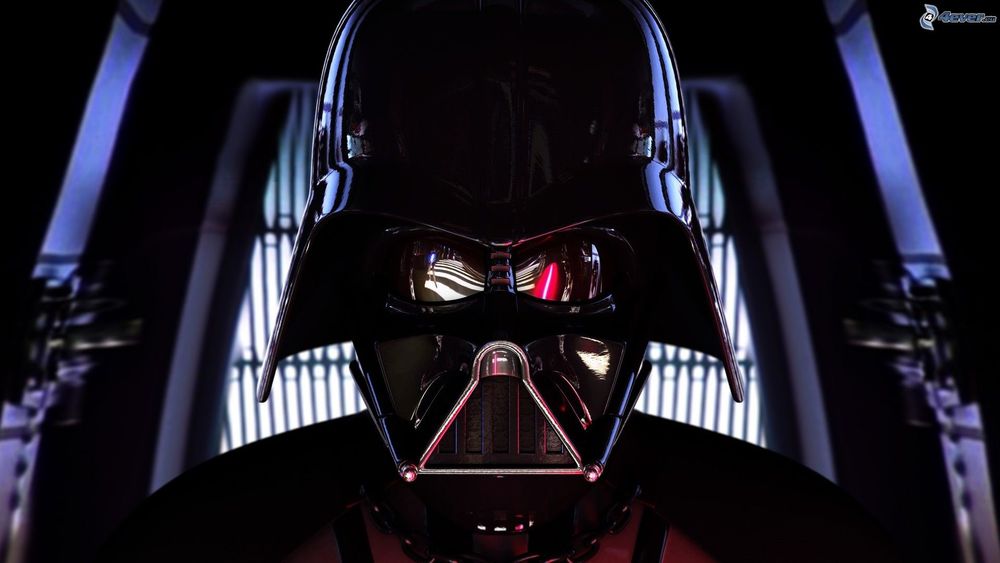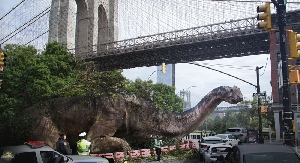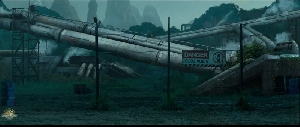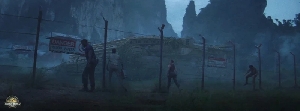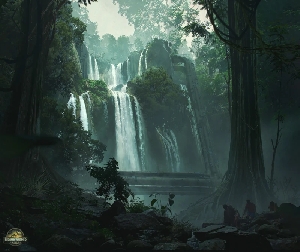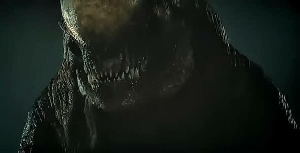Stromer's Riddle
Jurassic World Forum Topic

Something Real
MemberTyrannosaurus RexOct 1, 20144662 Views9 RepliesHello there.
After having had the pleasure of recently reviewing an extremely interesting series of documentations forwarded by National Geographic, I wanted very much to share some of what I read with the lot of you. I immediately thought of each of you and how much you'd enjoy reading this as I looked it over. Regardless, what you're about to read was taken directly from National Geographic's October 2014 issue and concerns new findings with regards to Spinosaurus Aegyptiacus. I hope you find this interesting.
- Stromer concluded, with evident perplexity and perhaps a bit of frustration, that the animal was "highly specialized" without saying what it was specialized for. Spinosaurus was part of a larger mystery, sometimes called Stromer's Riddle, that he'd first observed in North African fossils. -
- At first glance, the new bones made the animal all the more puzzling. For starters, the surface of the dorsal spines was smooth, which meant they were unlikely to have supported a lot of soft tissue like a hump. The spines had few channels for blood vessels, so it seemed unlikely that they were used to regulate body temperature, as other researchers had conjectured. The ribs were equally dense and tightly curved, creating an unusual barrel-shaped torso. The neck was long, the skull enormous. But the jaws were surprisingly slender and elongated, with a peculiar arched snout tip speckled with tiny pits. The forelimbs and thoracic girdle were bulky, while the hind limbs were disproportionately short and slender. -
- "Spinosaurus is incredibly front heavy", says paleontologist Paul Sereno, Ibrahim's postdoctoral adviser at the University of Chicago and the discoverer of several notable North African dinosaurs, including Suchomimus, a relative of Spinosaurus with long, crocodile-like jaws. "It's like a cross between an alligator and a sloth." -
- Their analysis led to a remarkable conclusion: Unlike all other predatory dinosaurs, which walked on their hind legs, Spinosaurus may have been a functional quadruped, also enlisting its heavily clawed forelimbs to walk. The peculiarities of the creature began to make real sense, however, only when Ibrahim and his colleagues viewed Spinosaurus from an entirely different perspective: as a dinosaur that spent most of its time in the water. The nostrils are set high on the skull toward the eyes, allowing the animal to breathe with much of its head submerged. The barrel-shaped torso recalls dlophins and whales, and the density of its ribs and long bones is similar to that of another aquatic mammal, the sea cow. The hind legs, so oddly proportioned for walking, would have been perfect for paddling, particularly if the flat claws on its broad hind feet had been connected with webbing like a duck's, as the researchers suspect. It's long, slender jaws and smooth, conical, croc-like teeth would have been devastatingly effective at snaring fish, and the pits in its snout, also present in crocs and alligators, probably housed pressure sensors to detect prey in murky water. Ibrahim imagines Spinosaurus hunting a bit like a heron, leaning forward and snapping up fish with its long muzzle. -
As I read the articles, I felt that they brought up some fairly interesting points I wanted to share with each of you - objects of conjecture I felt were quite interesting! I certainly hope you felt the information was worth your while. Regardless, your thoughts and conjecture on this topic are most welcome, even if you choose to keep them to yourself. :)
Replies to Stromer's Riddle
Hey Guest, want to add your say?
Are you an avid Jurassic World fan looking for a dedicated online community of likeminded fans? Look no further! Create your own profile today and take part in our forums and gain XP points for all the content you post!



